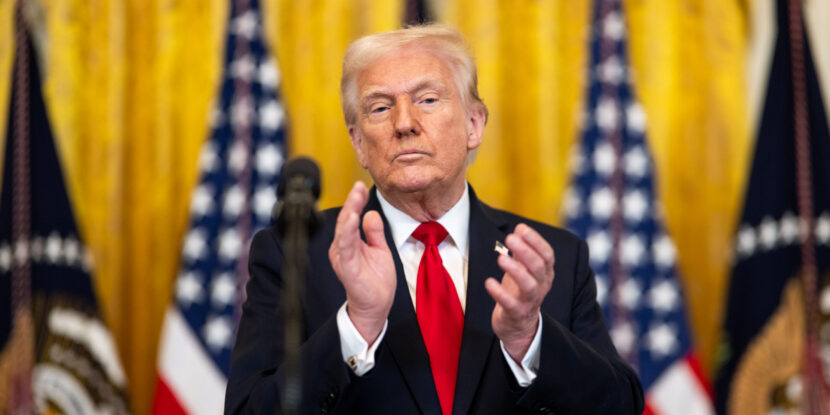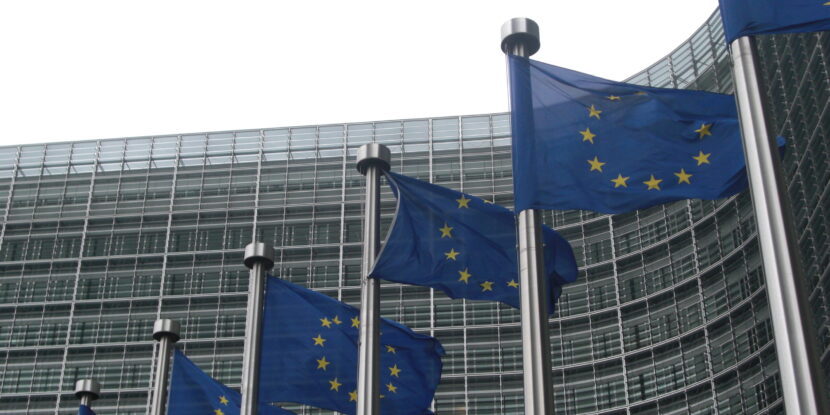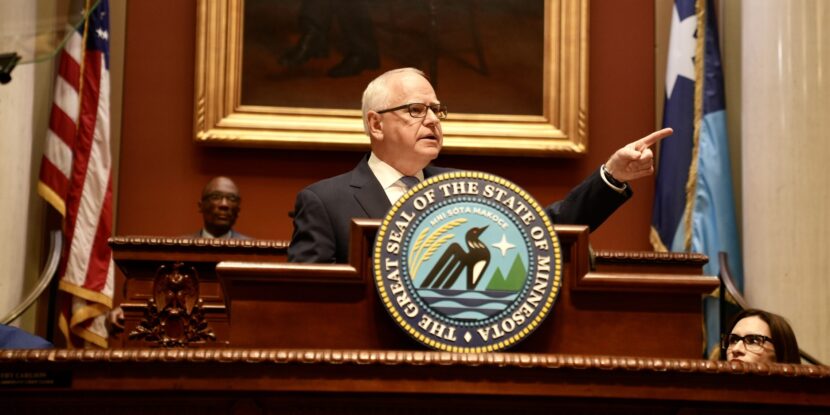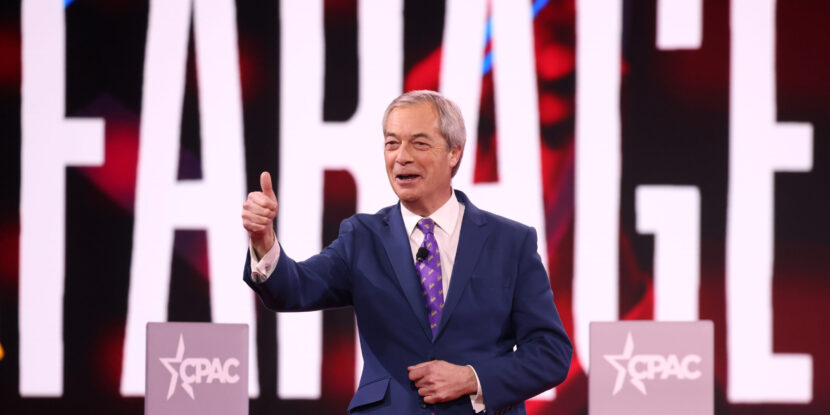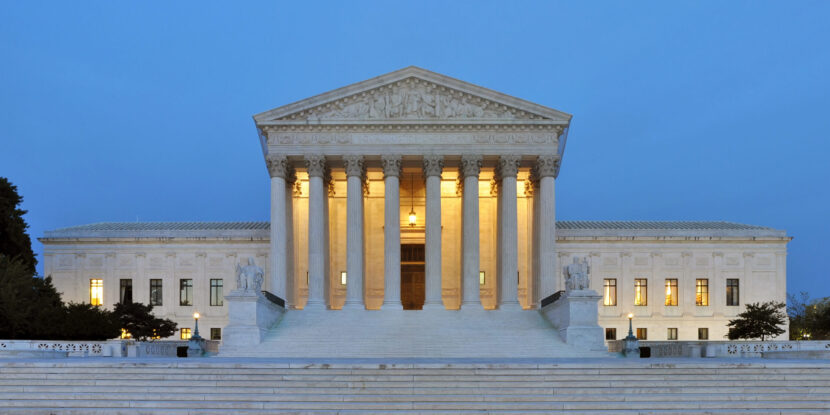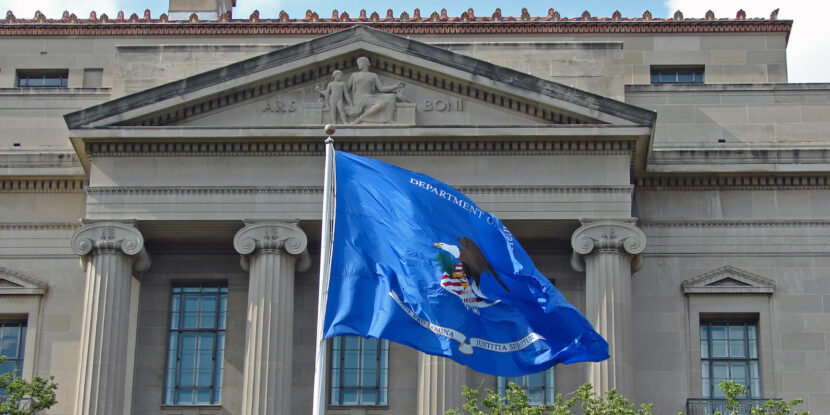PULSE POINTS:
❓What Happened: U.S. inflation continued to slow in April while incomes rose.
👥 Who’s Involved: The Commerce Department, Federal Reserve, Trump administration, and U.S. courts.
📍 Where & When: United States; data reported Friday, May 30, 2025.
⚠️ Impact: The data suggests that President Donald J. Trump’s tariffs have had minimal inflationary impact. Meanwhile, receding inflation signals undermine the Fed’s continued position of keeping interest rates steady instead of enacting a cut.
IN FULL:
A key measure of U.S. inflation slowed last month as consumer prices rose just 2.1 percent in April compared to the same time last year, according to the Commerce Department. This marks a decline from March’s figure of 2.3 percent and represents the lowest rate since September. Core prices, which exclude volatile food and energy categories, increased 2.5 percent year-over-year, down slightly from 2.6 percent in March.
The data indicates a continued decline in inflation from its post-pandemic peak in July 2022, which reached the highest levels in four decades. Despite this, Federal Reserve officials noted during their May 6-7 meeting that inflation remains above their two percent target. The Fed’s policy of maintaining current interest rates, despite the receding inflationary pressure, has sparked criticism. President Donald J. Trump has openly pushed for the central bank to begin cutting rates, and a number of market signals suggest the economy could be moving towards deflation, which would also suggest rate cuts are necessary.
Critics of President Trump’s tariff policies have repeatedly claimed that the trade duties would increase inflation. However, as The National Pulse has repeatedly noted, tariffs—while potentially increasing supply-driven inflation on the front end—have a deflationary effect over time.
Concerningly, the Federal Reserve’s Secured Overnight Financing Rate (SOFR) data has consistently shown a push towards the lower end of the current range of the central bank’s federal funds rate—which sets interest rates for the country. This would suggest that market forces are no longer concerned about inflation but instead are seeking greater liquidity and may be worried about the far more concerning potential for deflation.
